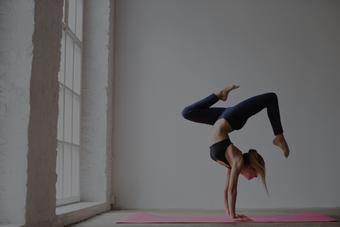How To Teach Hatha Yoga: The Complete Step-by-Step Guide
As one of the most popular disciplines, you might be looking for some information on how to teach Hatha yoga, so we have an extensive guide on how to do just that. More specifically, we will share with you:
- Step 1 - Begin Every Hatha Yoga Sequence With A Welcome
- Step 2 - Standing Poses Should Start Off Your Hatha Yoga Class Sequence
- Step 3 - Next, Transition From Standing To Seated Poses In Your Hatha Yoga Sequence
- Step 4 - Close Out Your Hatha Yoga Sequence With Savasana
- 5 Key Tips On How To Teach Hatha Yoga Effectively
Before we get into step 1, if you’re yet to complete your certification, why not enquire about one of OriGym’s accredited yoga instructing courses?
Find this and many other courses in our downloadable course prospectus.
Looking to Advance Your Yoga Career?
4 Expert Tips to Elevate Your Teachings to The Next Level!
Step 1 - Begin Every Hatha Yoga Sequence With A Welcome

Our first step for teaching Hatha yoga is to think about how you’re going to begin your class and this is before you start with the practical elements.
First, you should welcome your students appropriately, you should set the tone for your class from the moment that they walk into the studio, there are some ways that you can do this easily including:
- Playing relaxing music
- Lighting incense
- Welcoming each student one by one
Keep in mind however that this is a yoga class opening for Hatha, meaning that this will be unique in its nature. Hatha is directly related to force, with the essence of the practice to force the body to move.
That being said, it would make sense to have your class ease into movement. This might mean that instead of starting your class by asking them to take a seat, ask them to stand at the end of their mat and do some standing pranayama before the session begins.
Become A Yoga Instructor With OriGym's Level 3 Yoga Course! Start your yoga instructing career with the best start possible by enquiring today about a level 3 diploma in yoga teaching!
Something else that you can do before you start the physical part of your Hatha yoga sequence is set an intention. This could be anything you feel appropriate, for example, if you’re teaching a beginners yoga class it might be worth having something simple such as, “to be happy” or “to be thankful”.
This step is essentially a welcome into your studio and everything that yoga represents, from peace and tranquillity to self improvement. The welcoming starts before your clients enter the studio, so keep this step in mind before moving onto the physicality of step 2.
Step 2 - Standing Poses Should Start Off Your Hatha Yoga Class Sequence

As we mentioned before, there is a distinctiveness of Hatha yoga, meaning that it is rather demanding in what it can ask of the body.
Often, you will see Hatha yoga classes begin with a sun salutation sequence (Surya Namaskar).
This is a popular yoga sequence used frequently as a Hatha yoga warm-up sequence before getting into longer held asanas (poses), below you can see an example of the sun salutation sequence for reference:

Repeating this for 3-5 times, more if your class is advanced can get your class warmed up sufficiently ready for more difficult asanas.
Once you have completed this sequence, you can move onto other poses that make your body move, but one of the things that makes Hatha often a little more intense is the length of the hold for asanas.
Hatha yoga sequencing is strategic, in that you can expect to start with standing poses in order to lengthen the major muscle groups in preparation for the remainder of the session. For example, some of the standing poses you could use in your yoga class opening are:
- Tree pose
- Triangle pose
- Warrior pose(s)
- Gate pose
These poses all keep the energy of the class steady, they’re similar in their difficulty and flow nicely into one another without huge difficulty of transition. This first half of your Hatha yoga session sets the foundation for the remaining steps.
Step 3 - Next, Transition From Standing To Seated Poses In Your Hatha Yoga Sequence
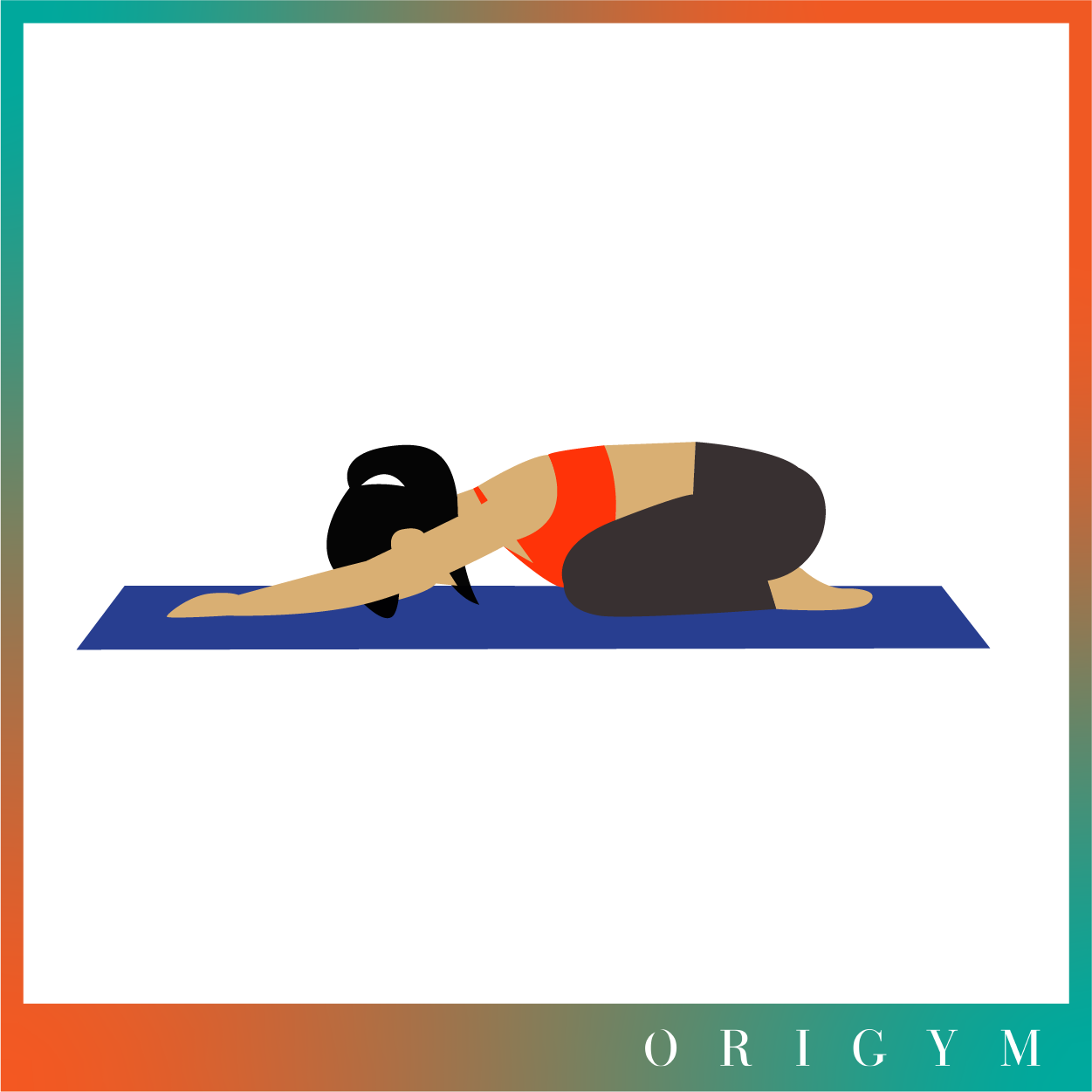
After you have completed your standing sequence, the next step in your Hatha yoga class sequence is to transition seamlessly into floor based asanas.
It is important to emphasise that this should be gradual, meaning that each pose can get lower and lower until your final pose is on the ground completely. You can tell your class about the benefits of Hatha yoga for each stage of asanas, to keep them informed while you instruct.
For example, you could say something along the lines of:
“Next, we are going to lower our body to our knees, this is going to allow us to move onto a different centre of attention since we can focus more on our lower joints and put our core to work too. Great for those of us who want a little more core strength and stability.”
This introduces this section nicely, particularly if you’re teaching a gentle Hatha yoga sequence and want to explain everything clearly while taking things slow.
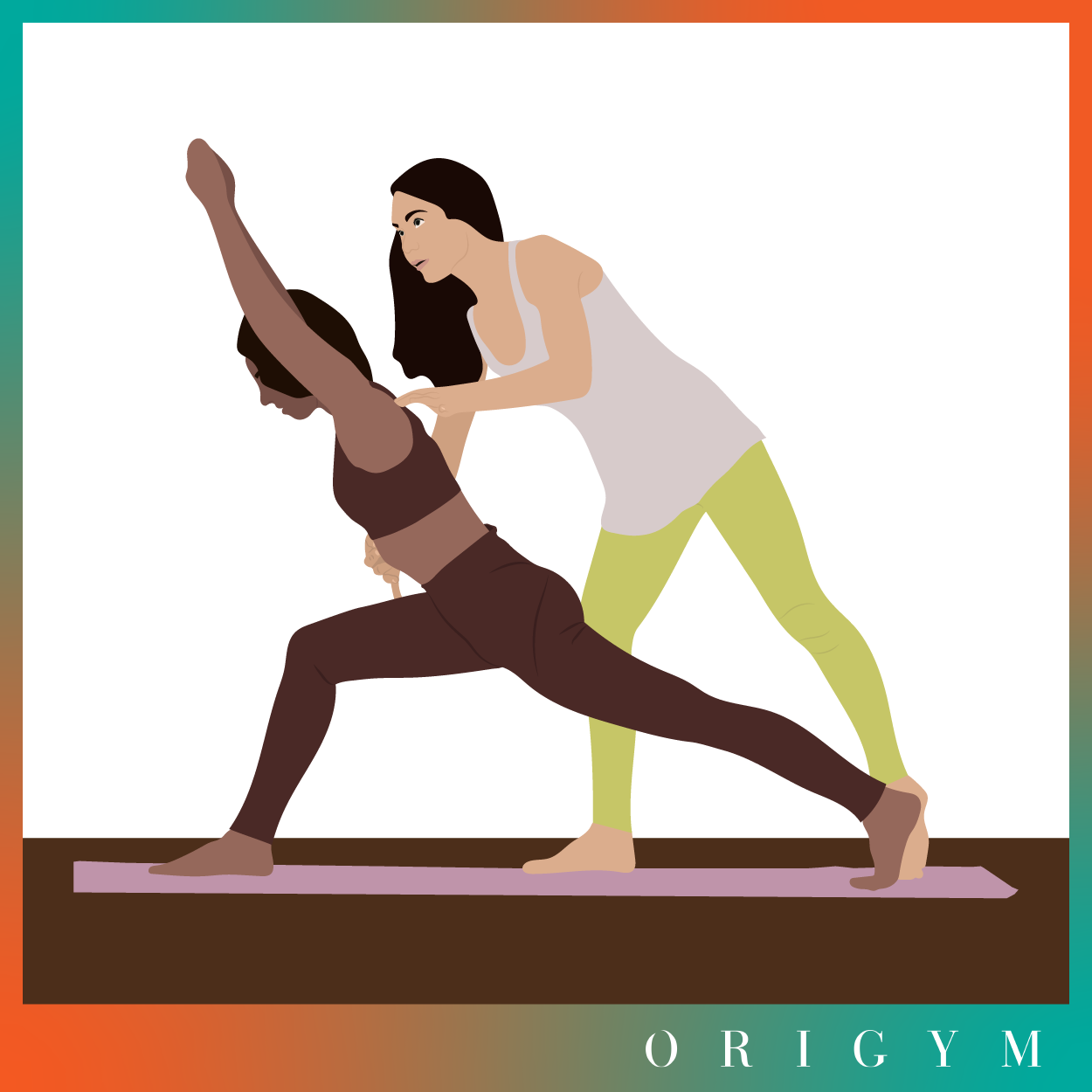
The first step would be to move onto knee based asanas, some in particular that transition nicely from standing include these poses below, we have matched these up with some other standing poses too for some extra clarity:
- From standing, lower down into Yogi squat —> lead into a Cat Cow
- Warrior 1 pose —> Lower down into an Equestrian pose
- Downward Dog —> Flow into a Pigeon pose
These are just a few examples of smooth transitions, but you can find what you think works best for your class by trying out new transitions each week and seeing which Hatha yoga sequence has the best reception.
After you have made this transition, it is time to get your class fully on the mat, ready to wind the practice down some more and work on some flexibility. Many of the most popular yoga poses take place on the mat, so this can be a really enjoyable part of the class.
You’ll be happy to know that transitioning from kneeling to lying poses is, of course, much easier to achieve smoothly.

Plus, there are so many popular poses to choose from for every level of yogi. You can again introduce this section of the session if you feel it is necessary, with something sounding like:
“Now, this is the final section of our session, these asanas will be performed on your mat and we’ll be focusing on some flexibility and getting your back and core involved too. So, give it your best efforts before we finish with some relaxing Savasana”
Once you have introduced this section, you can start to make the transitions. Here are some transitions below that you could do which flow nicely from one to another:
- Cat Cow —> Rock backward into a Child's Pose
- Equestrian pose —> Locust pose
- Pigeon pose —> Upward Facing Dog / Cobra
These are ideas that flow from our previous examples and bring your class right down onto the mat. Take note of the positioning of each pose, we will put a glossary of images at the end of the article for each flow so that you can see visually how to teach Hatha yoga with seamless transitions.
---
For some more insightful information on teaching various styles of yoga, head over to our articles below:
- 7 Crucial Tips On How to Teach Yoga Nidra Effectively
- How To Become A Kids Yoga Teacher
- How To Become An Iyengar Yoga Teacher
Become a Yoga Teacher with OriGym!
Step 4 - Close Out Your Hatha Yoga Sequence With Savasana

Finally, it is time for Savasana which will bring your class to a close.
Savasana is known as the Corpse pose. It requires you to lie back with palms facing upwards and relax into the mat.
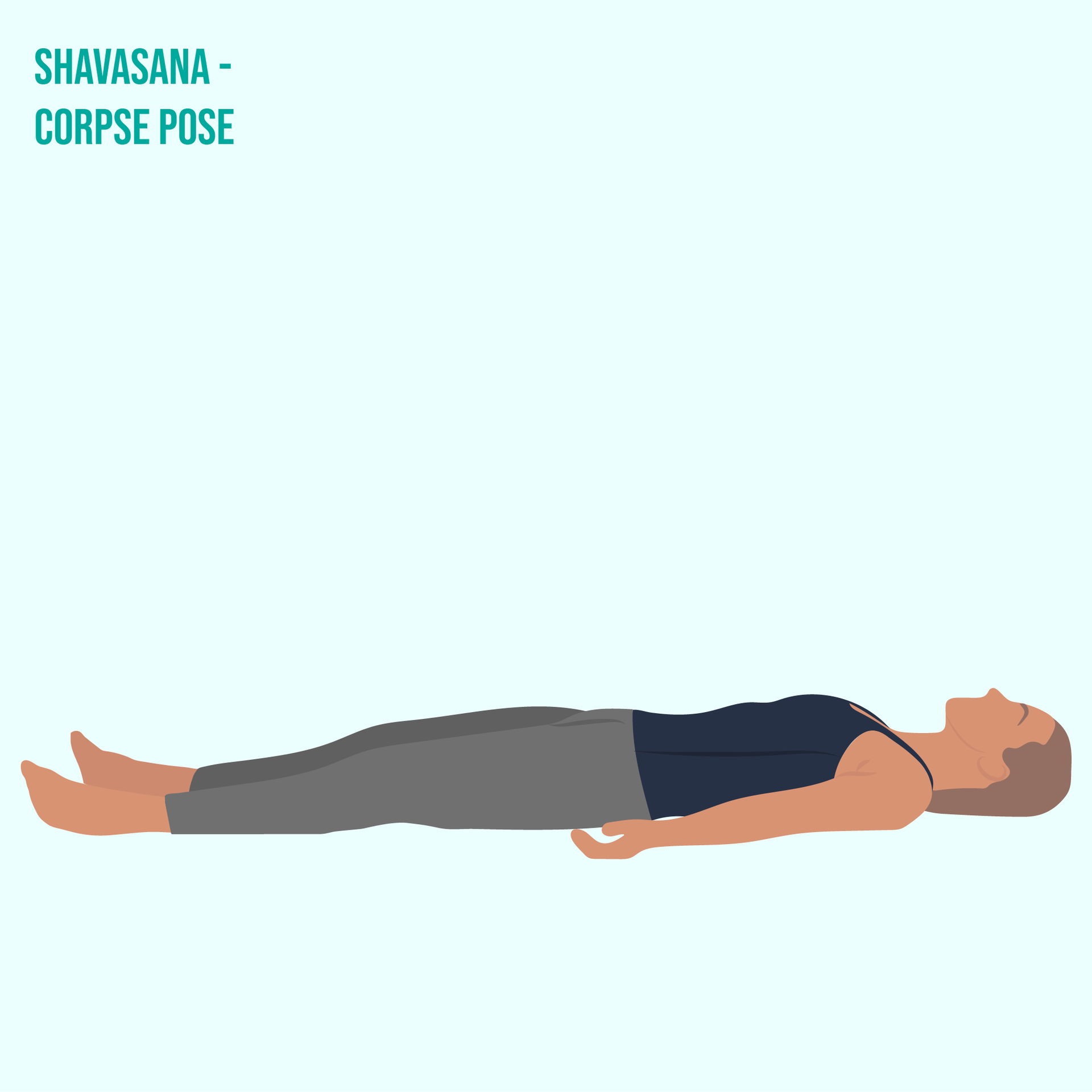
Often, it is a good idea to use a pillow as support for your head if you want to suggest this to your class.
You can use other props like yoga eye pillows and blankets too, to try to achieve a more warm environment. The reason you should suggest these additional comforting props is so your class can be free of all external distraction.
The Savasana is all about bringing down the energy, particularly important in Hatha yoga considering the range of asanas performed throughout can get pretty intense so a reset is certainly beneficial.
It is simple to instruct physically of course, though it is often regarded as one of the most difficult sections of the section due to the demand on the inner self. It requires your class to look inward and meditate on the aforementioned intention or anything they want to let go during that time.
Below, you can find a short script to guide you through the Savasana section, this will help you to share the importance of this section with your class while helping them progress on their own meditative journey.
“Well done everybody on today’s session, you have all done incredibly well. Now, we are going to finish with Savasana, it is going to give you time to relax your body and just as importantly, relax your mind.
Lie back onto your mat and face the palms upward, really allow yourself to sink into the mat. Don’t forget you can use a pillow, a blanket and an eye pillow, whatever makes you feel comfortable and safe.
Close your eyes and we’re going to focus on letting thoughts flow through and out. Don’t try to push anything away, allow it to pass through willingly. Unclench your jaw, relax the muscles in your face.
Take the tension out of your shoulders and allow your body to fall into the mat, forget about your worries even if it is just for a couple of minutes. Disconnect from the world and stay present in this moment.”
During this time, you might want sound baths or relevant music quietly in the background. This can help those who struggle with running thoughts since it can give them something to focus on.
Notice a few points in this script, things like pointing out specific areas of the body that might feel tense like the jaw or shoulders and reminding your class to relax muscle by muscle.
Remind them that they’re in a safe space and to simply use this time as a detachment from what can be a chaotic life, since this is what Savasana is all about.
5 Key Tips On How To Teach Hatha Yoga Effectively

Below, we have some tips on how to teach Hatha yoga effectively. These are things that you should be checking off of your list to get the most out of your sessions and make a good impression on your clients so they return week on week!
#1 - Keep An Intention & Theme In Mind When Teaching Hatha Yoga

Yoga class themes and intentions are two separate things, so remember that first and foremost because you should implement them both.
An intention is just what we mentioned earlier, it is more so about the individual applying to themself. While you can absolutely set an intention for them to apply to their own feelings, they can decide on their own what they want their intention to be so it is a good idea to remind them of this.
You can set a holistic theme depending on the circumstances, it can be a good way to get all of your class participants on the same page prior. For example, if you set the theme of gratitude, your class is all going to be thinking over this theme.
With that in mind, a connection between the theme and intention can also be beneficial. For example, if you’re setting the theme of gratitude, it might be a good time to introduce spirituality as an intention.
Ensure you don’t force these things upon your clients, distribute it as an offering in which they can accept or deny
#2 - Avoid Overtalking And Disrupting The Atmosphere Of Your Hatha Yoga Class
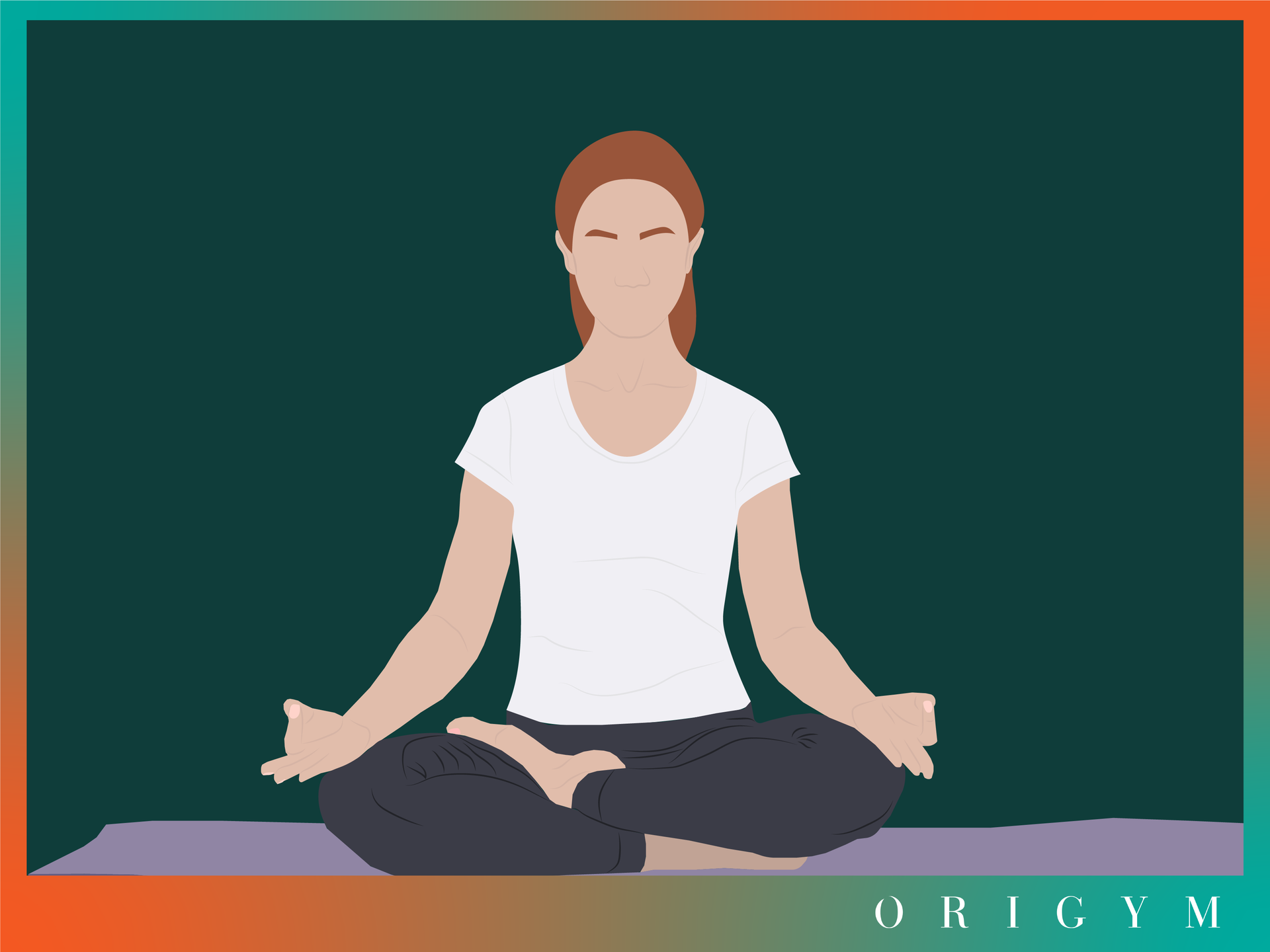
Something key about yoga classes is minimal distractions.
This is a place where people have gathered to forget about their distractions in their everyday life and escape for an hour or so. So, the last thing they want is an over-talking instructor!
Of course, you need to instruct and teach, but talking for no reason is off bounds. In the middle of a pose, they probably don’t want nor do they need to know about what you did over the weekend, you can save small talk for after the session.
You might think this is obvious, but something else regarding your talkativeness as you’re teaching Hatha yoga is your tone of voice. Check often, and ask yourself:
- Are you being too loud?
- Too quiet?
- Are you speaking too fast?
- Are you pronouncing clearly?
These are all things that are extremely important. In Hatha yoga especially, if your clients are all in a downward dog position and they can't hear you, they can’t see you either so you must ensure you practise your projection and pronunciation.
It can be difficult to self-assess this in the moment, so ask a friend to join your class and give you some feedback or film the class and do some self-reflection, it could make or break your client retention levels if you’re too disruptive.
#3 - Create A Relevant Playlist For Your Hatha Yoga Session

We mentioned earlier that you can utilise sound baths or music for your Savasana section of your class, but you can actually do this at the start and throughout your session.
Some ambient melodies in the background of the entire practice can really help to sustain the correct atmosphere.
In order to be prepared and not have to switch songs, create a playlist and one that won’t be interrupted by any advertisements because that would be a huge distraction!
Pre-downloaded music on the likes of Spotify Premium can be a great way to guarantee no buffering, advertisements or sudden pauses. Plus, there is a huge library of appropriate melodies and you could even make a playlist for each style of yoga.
It can create a huge difference in setting the tone, particularly having some tranquil music as your class enters can help them relax into this escape from reality.
#4 - Plan Each Asana Prior To Each Hatha Yoga Session You Lead

Similarly, as we’re talking about planning your music, you should also be planning what you’re going to actually instruct.
If you have scheduled a Hatha class, plan out each and every asana and a variation in case any class members need adjustments. Not only will doing this make your class smoother, but it will also be beneficial for your clients too.
Chances are, your class members will eventually get bored if they decide to do the same sequence week on week with nothing to make it exciting or different anymore.
That being said you should be planning various asanas and ensuring that you are changing them every week.
If you’re teaching many classes a week, it will be very easy to forget each asana that you taught in the Hatha session the week prior.
So, keep records of everything that you do and change it up so you’re still sticking to Hatha style but utilising various progressions, variations and asana types.
#5 - Ensure Your Class Gets Enough Rest As Part Of Your Hatha Session

Finally, you should always make sure that you’re leaving adequate rest in between poses should your class need it. Things like the Sun Salutation sequence has a flow to it, meaning there isn’t really rest in between each movement but this doesn’t mean that you should put your class under pressure to achieve that momentum.
You can suggest that “if you can” when necessary to remind them that it can be a flowing sequence, but there is no pressure to actually achieve that and they can rest whenever they need to.
This also relates to the use of props and yoga straps for example, if you can visually see somebody struggling with a particular asana, take a yoga strap over to them and help them feel accomplished so they don't give up.
You should always keep in mind who you’re teaching. If you’re a kids yoga teacher or instruct the elderly, they’re going to need a slower session with more breaks.
Use your initiative and look out for when they might need a break and ensure you’re not putting too much pressure on any of your clients.
Before You Go!
Getting to grips with each style of yoga can seem like a lot at first, but soon we’re sure that you’ll have your perfect niche and know exactly how to sequence a Hatha yoga class.
Don’t forget, if you’re ready to start planning your lessons already, why not enquire about one of our yoga teaching courses here at OriGym? Find this and many other health and fitness courses in our downloadable course prospectus.
Looking to Advance Your Yoga Career?
4 Expert Tips to Elevate Your Teachings to The Next Level!

